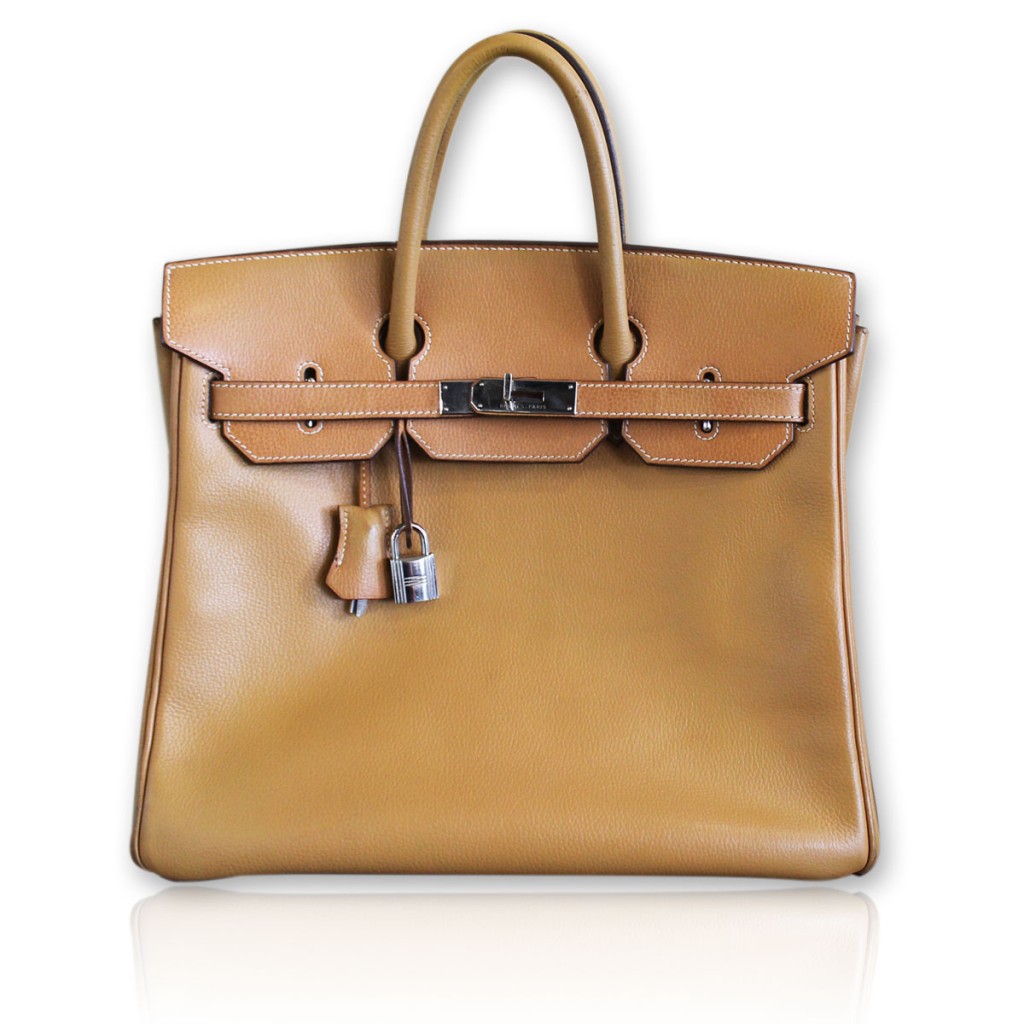A handbag can be created anywhere. This is proven by the fact that there are so many counterfeit operations able to sell handbags and carrying bags so easily in so many different capitals around the world. However, the beauty and grace of an authentic Hermes bag production is an entirely different world from personal containers fabricated in a factory with machines. With 176 years under its belt, Hermes is literally a fashion icon.
A Hermes bag first starts with the choice of real, authentic leather. This doesn’t include artificial versions of animal skin in the form of naugahyde or similar. Instead, crafters first choose premium leather that has been aged and prepared so that it provides the softest, most supple surface and material for the bag to be crafted. As most premium products start with a fine choice of materials, Hermes bags are no exception. Much of the fame of the bag comes from the very core material chosen to make the product. Everything is else attached, sewn, or connected to that base material, so it has to be the best available.
Premium leather isn’t just found with any supplier either. It often means obtaining animal skin from specific types of animals that produce a software leather than just hard durable product. Additionally, the leather flat needs to be defect and scar free, otherwise the imperfections with show in the bag skin. As a result, every cut of leather needs to be reviewed and filtered for a pure large section, enough to make a bag with. Further, the leather needs to be prepared and treated so that it remains soft but also dries out properly as well. The preparation, or tanning, of a quality leather counts just as much as the type of leather chosen. Premium leather product is tanned with natural processes, not chemicals. This too is very laborious and time-consuming. So the end product does not sell for a low price.
The next step involves dying or coloring the premium leather. If the dye does not set properly, it produces the wrong color, which then essentially makes a perfect cut of leather unusable. Again, more filtering occurs, which drives up the price of the leather piece that will ultimately make up the premium bag.
Finally, the premium leather is dyed and ready for crafting. Every Hermes bag is a work of art and crafting expertise. There are no machines involved. Each piece, strap, section, and stitch is performed by hand by an expert craftsman, producing a quality handbag. As a result, no one touches a Hermes bag in fabrication until he has had at least a few years of direct experience in bag-making by hand. A typical complete bag with sticking will easily take 40 hours on average for an expert craft on an individually-produced Hermes bag.
Given all the work performed on a Hermes bag noted above, it’s no surprise that the product demands significant financial attention in terms of its price sticker. Add on all the marketing, retail markup and what not, the price then goes higher. However, what really drives up the price for these bags beyond just the craftsmanship cost and original profit margin is the fact they are an investment asset. Most Hermes bags kept in good condition do not lose value. In fact, the handbags can gain further value after initial sale, especially if they represent a design or work that is discontinued and becomes hard to find. As a result, many Hermes bags can resell for similar, significant prices if not more through aftermarket transactions as well.







